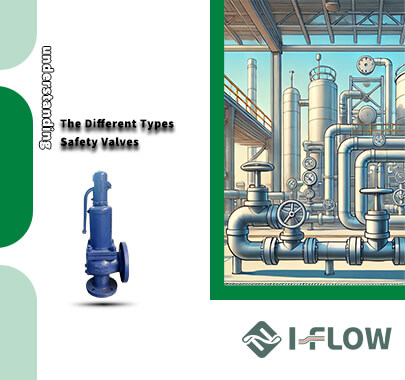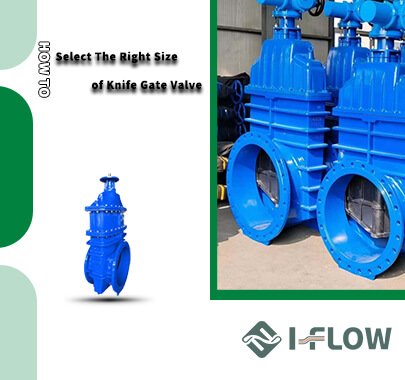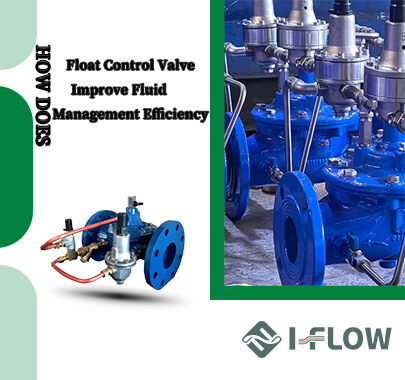Relief valves and safety valves are critical components in fluid systems, designed to protect equipment and pipelines from overpressure. While they share a similar purpose, their mechanisms, applications, and operational nuances differ significantly. Understanding these differences is essential for selecting the right valve for your system.
Purpose and Functionality
Relief Valve:A relief valve is designed to control pressure within a system by gradually releasing excess fluid when the pressure exceeds a predetermined limit. It operates smoothly and proportionally to maintain system pressure, making it ideal for applications where continuous pressure regulation is required.
Safety Valve:A safety valve provides rapid, emergency pressure relief when the system pressure exceeds the maximum allowable limit. It is a fail-safe device that opens fully and instantaneously to prevent catastrophic equipment failure or explosions, especially in applications dealing with high-pressure systems or hazardous fluids.
Operational Mechanism
Relief Valve:Relief valves respond proportionally to system pressure. As pressure rises above the set point, the valve opens incrementally to release fluid, and it closes gradually as pressure normalizes. This steady response ensures consistent pressure regulation, reducing the risk of pressure surges.
Safety Valve:Safety valves are designed to “pop” open fully once the pressure reaches the set point, providing immediate relief. They remain open until the pressure drops below a safe level, at which point the valve reseats to restore system integrity. This quick action ensures maximum protection during sudden pressure spikes.
Applications
Relief Valve:Relief valves are commonly used in systems that require precise pressure control, such as:
Pump discharge lines to avoid overpressure damage.
Thermal expansion systems in liquid pipelines.
Compressors, where gradual release is essential to maintain consistent operation.
Safety Valve:Safety valves are essential for systems where overpressure can lead to catastrophic failure, such as:
Boilers, steam systems, and pressure vessels in industrial plants.
Chemical processing units handling volatile or hazardous substances.
Power generation systems to protect turbines and auxiliary equipment.
Design and Structure
Relief Valve:Relief valves often feature a spring-loaded or pilot-operated design. The spring tension determines the pressure set point, while the valve’s seating mechanism ensures a proportional response to pressure changes. These valves are typically used in liquid systems and are designed to avoid sudden pressure drops.
Safety Valve:Safety valves generally have a robust spring mechanism calibrated for immediate activation at a specific pressure. Their design prioritizes rapid opening and reseating to handle high-pressure gases or vapors. They are engineered to withstand extreme conditions and ensure reliable operation under emergency scenarios.
Performance Characteristics
Relief Valve:Provides gradual, controlled pressure release.
Prevents damage caused by small or continuous overpressure events.
Suitable for liquid systems requiring consistent pressure regulation.
Safety Valve:Activates rapidly for emergency overpressure relief.
Prevents catastrophic failure by handling sudden pressure spikes.
Ideal for systems handling gases, steam, or hazardous fluids.
Key Differences at a Glance
| | |
| | Proportional opening and closing |
| | Instant, full opening and closing |
|
| | | Immediate pressure relief |
|
| | Continuous pressure regulation |
| | Emergency overpressure protection |
|
| | | Gases, steam, or hazardous fluids |
|
| | Adjusted for gradual activation |
| | Calibrated for sudden activation |
|
Selecting the Right Valve
Choose a Relief Valve:When your system requires precise pressure management, particularly in liquid systems or applications involving gradual pressure fluctuations.
Choose a Safety Valve:When your system demands rapid emergency pressure relief, especially in gas or steam systems, to prevent accidents or equipment damage.

.png)
 en |
en |














